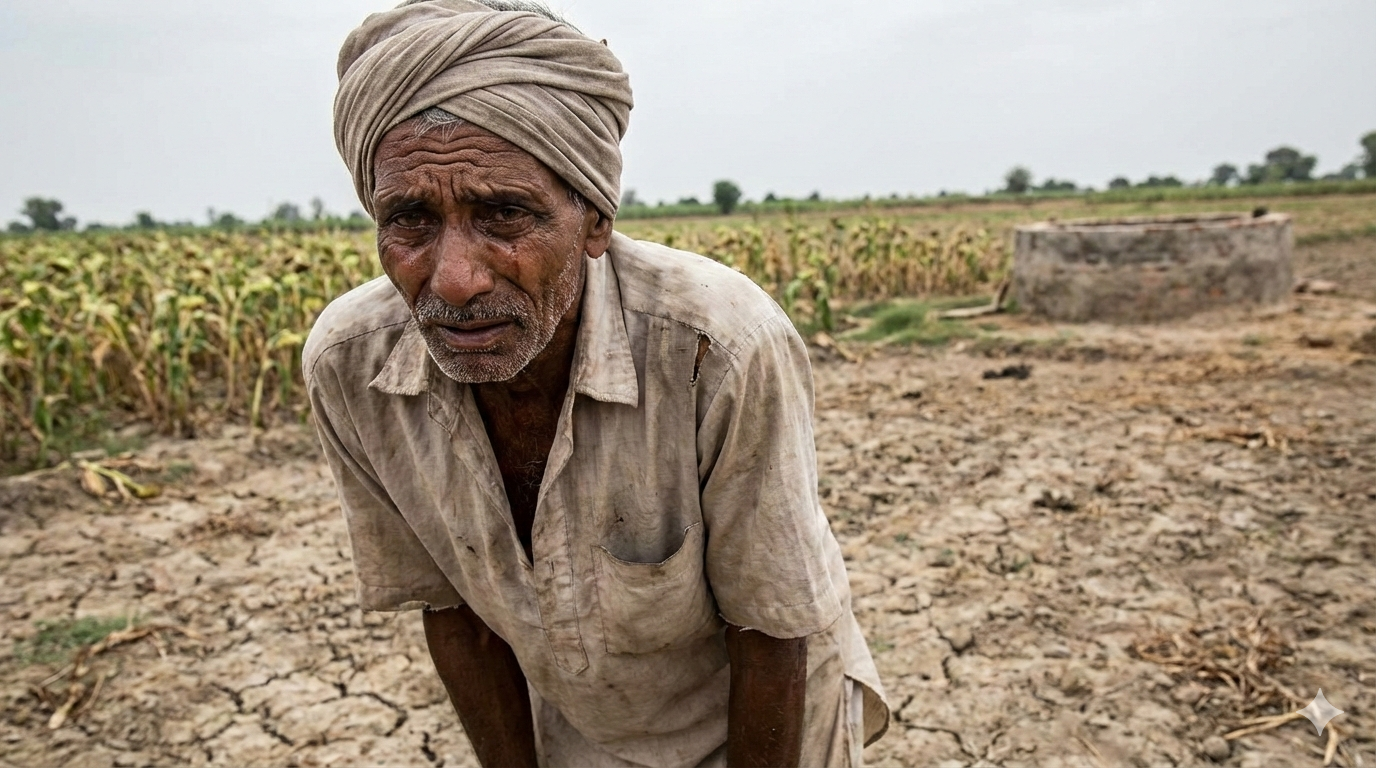City sizzles as early heatwaves signals a scorching summer
The City has already witnessed temperatures exceeding the usual February average by a significant margin, prompting warnings from the India Meteorological Department (IMD) about the possibility of heatwaves in the coming months
Salar News
-
Workers take an overhead water tank to install at a house at Jayamahal in Bengaluru on Wednesday. PHOTO: MOHAMMED ASAD
BENGALURU, 6 MARCH
Bengaluru, once known for its
pleasant weather, is experiencing an unusually hot and dry spell, raising
concerns about a prolonged and intense summer.
The City has already witnessed
temperatures exceeding the usual February average by a significant margin,
prompting warnings from the India Meteorological Department (IMD) about the
possibility of heatwaves in the coming months.
A Prasad, a senior scientist at the
IMD's Bengaluru office, told Salar News, “We are seeing a clear rise in
temperatures year-on-year, which is a sign of global warming. The average
temperature in February this year touched the temperature of 34.5 degrees
Celsius, which is nearly 5.5 degrees Celsius higher than the normal for this
month. Last year the temperatures touched only 29 degree Celsius, which is the
normal temperature for Bengaluru.”
This early surge in temperature has
sparked worries among elderly people and children. Heatwaves can cause heat
exhaustion, dehydration, and even heatstroke, posing significant health risks.
“The upcoming summer might be
harsher than last year, this aligns with the global trend of rising
temperatures, with 2023 recording the second-warmest March in 174
years.” warned Prasad. The scorching temperatures are exacerbating the
existing water crisis in the City. With many bore-wells running dry and water
scarcity becoming a pressing issue, the combined effect of heat and water
shortage could pose a significant challenge for Bengaluru's administration.
He further said that the potential
for heat waves, particularly in coastal and northern Karnataka, adds another
layer of concern.
While the IMD predicts that the El
Niño effect, which is contributing to the current heatwave, might weaken after
March, the long-term trend of rising temperatures, various measures are
crucial. Salar News
Leave a Reply
Your email address will not be published. Required fields are marked *
Giriraj saini
Cool post! I really enjoyed reading your blog. The information you shared was helpful and presented in a way that was easy to understand. To dive deeper into this topic, <a href="https://trendingallworld1.blogspot.com/" target="_blank">click here</a>.
Giriraj
Cool post! I really enjoyed reading your blog. The information you shared was helpful and presented in a way that was easy to understand. To dive deeper into this topic, <a href="https://trendingallworld1.blogspot.com/" target="_blank">click here</a>.











.jpg)

.png)
.png)

.png)
.png)
.jpeg)
.png)
